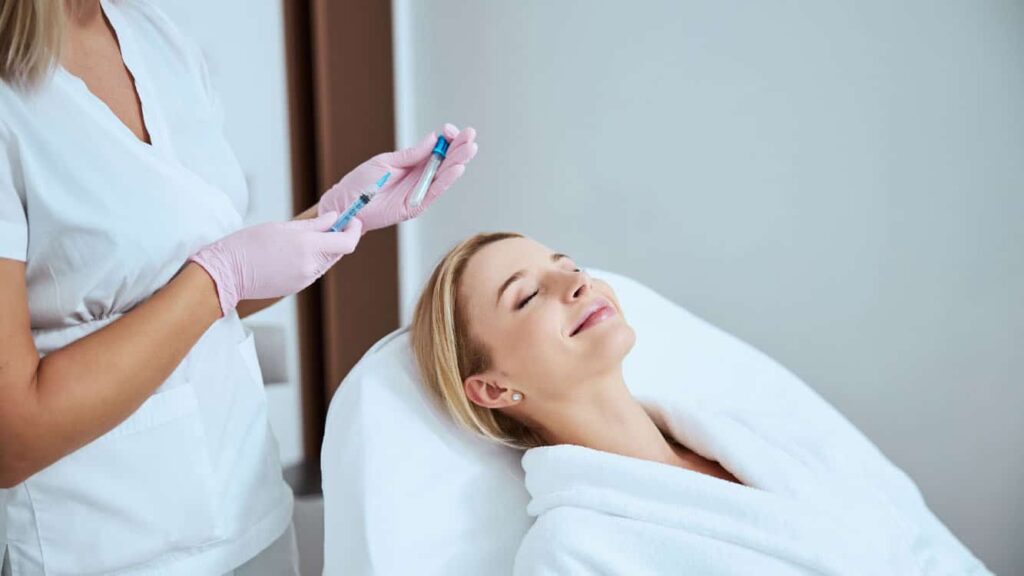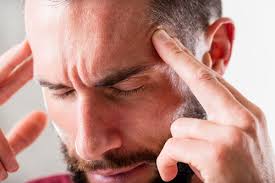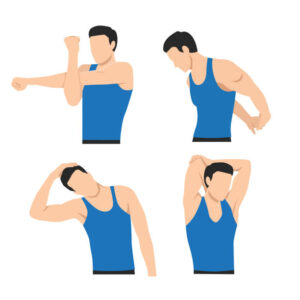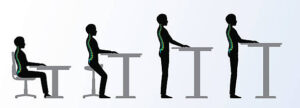Platelet-Rich Plasma (PRP) treatment has gained significant popularity in recent years as a minimally invasive cosmetic procedure designed to rejuvenate the skin and improve overall facial appearance. This innovative therapy harnesses the body’s natural healing mechanisms to stimulate cell growth and collagen production, resulting in a more youthful, radiant complexion. As with any medical or cosmetic procedure, understanding the recovery process and downtime involved is crucial for setting realistic expectations and planning accordingly.
PRP Treatment in Abu Dhabi is increasingly sought after for its natural results and quick recovery times. Whether you’re considering it for skin rejuvenation, acne scars, or fine lines, knowing what to expect post-treatment can help you prepare and optimize your results.
What Is PRP Treatment and How Does It Work?
The Basics of Platelet-Rich Plasma Therapy
PRP therapy involves drawing a small amount of your blood, processing it to concentrate platelets, and then injecting this platelet-rich plasma into targeted facial areas. Platelets contain growth factors that promote tissue repair, collagen synthesis, and skin regeneration. This process naturally revitalizes the skin, making it appear smoother, firmer, and more youthful.
Benefits of PRP for Facial Rejuvenation
- Stimulates natural collagen production
- Improves skin texture and tone
- Reduces appearance of fine lines and wrinkles
- Enhances skin elasticity
- Addresses issues like acne scars and sun damage
Suitability for Different Skin Types
PRP treatment is suitable for a wide range of skin types and ages, especially for those seeking a natural approach to facial rejuvenation without surgery or extensive downtime.
Understanding the Downtime After PRP Treatment Face
Typical Downtime Duration
The recovery period following PRP Treatment in Abu Dhabi is generally minimal. Most patients experience only mild side effects that resolve within a few days. Typically, the downtime lasts about 1 to 3 days, during which you might notice some redness, swelling, or pinpoint bleeding at injection sites.
Common Post-Treatment Symptoms
- Mild redness similar to a light sunburn
- Swelling, especially around delicate areas
- Tiny bruises or petechiae
- Slight tenderness or discomfort
When to Resume Normal Activities
Most individuals can return to their daily routine within a day or two. However, it is advisable to avoid strenuous exercise, heavy makeup, and exposure to extreme weather conditions for at least 24-48 hours post-treatment to minimize any adverse effects and optimize healing.
Factors Influencing Downtime
- Skin sensitivity: People with sensitive skin may experience slightly longer recovery.
- Treatment areas: More extensive or deeper injections might result in increased swelling or discomfort.
- Pre-existing skin conditions: Certain conditions could prolong healing or cause additional side effects.
Post-Treatment Care to Minimize Downtime
Immediate Aftercare Guidelines
Proper post-treatment care can significantly reduce downtime and improve results. Patients are typically advised to:
- Keep the skin hydrated and moisturized
- Use gentle skincare products recommended by the practitioner
- Avoid sun exposure and wear a broad-spectrum sunscreen
- Refrain from touching or massaging the face excessively
- Avoid alcohol, smoking, and blood-thinning medications unless approved by your specialist
Managing Common Side Effects
Applying ice packs can help reduce swelling and discomfort. Over-the-counter pain relievers might be recommended for tenderness. If any unusual or prolonged symptoms occur, consulting your practitioner promptly is essential.
Follow-up and Maintenance
Follow-up appointments are crucial for assessing progress and determining if additional sessions are needed. Regular maintenance treatments can help sustain the rejuvenating effects and keep downtime minimal.
Factors Affecting Recovery and Results
Individual Biological Response
Each person’s skin responds differently to PRP therapy, influencing both downtime and outcomes. Factors such as age, skin condition, and overall health play a role.
Treatment Technique and Area
The depth and technique of injections can impact recovery time. Less invasive methods typically result in quicker healing.
Lifestyle and Skin Care Routine
A healthy lifestyle, proper skincare, and sun protection contribute to faster recovery and better results.
Tips to Optimize Recovery and Minimize Downtime
Proper Preparation Before Treatment
- Hydrate well before the procedure
- Follow any pre-treatment skincare recommendations from your specialist
- Avoid blood-thinning medications or supplements if advised
Effective Post-Treatment Practices
- Rest adequately to facilitate healing
- Keep the skin protected from sun exposure
- Use recommended skincare products to support skin regeneration
- Follow all aftercare instructions provided by your practitioner
Lifestyle Adjustments
- Maintain a balanced diet rich in vitamins and antioxidants
- Avoid smoking and excessive alcohol consumption
- Manage stress through relaxation techniques
Expected Results and Longevity
While the main downtime is brief, the full benefits of PRP treatment become apparent over several weeks as collagen builds and skin quality improves. Typically, results can last from 12 to 18 months with proper maintenance. Periodic touch-up treatments may be recommended to sustain optimal results.
Conclusion
Understanding the recovery timeline and downtime associated with PRP Treatment at Enfield Royal Clinic helps you make informed decisions and plan your schedule accordingly. With minimal downtime and natural results, PRP therapy remains an attractive option for those seeking facial rejuvenation without surgery. Proper post-treatment care, patience, and adherence to your practitioner’s advice can ensure a smooth recovery and satisfying outcomes.
Frequently Asked Questions (FAQs)
1. How long does it take for the skin to fully recover after PRP treatment?
Most patients experience initial redness and swelling that subsides within 1 to 3 days. Complete healing of injection sites typically occurs within a week, with optimal results becoming visible over several weeks.
2. Can I wear makeup immediately after PRP facial treatment?
It is generally recommended to avoid makeup for at least 24 hours post-treatment to prevent irritation and allow the skin to heal. Always follow your practitioner’s specific advice.
3. Is there any special skincare I should follow after PRP treatment?
Using gentle, hydrating skincare products and sunscreen is crucial. Your specialist may recommend specific serums or creams to support healing and maximize results.
4. How many sessions are typically needed to see optimal results?
Most individuals notice significant improvements after 2 to 3 sessions spaced about 4 to 6 weeks apart. The number of sessions varies based on individual goals and skin condition.






